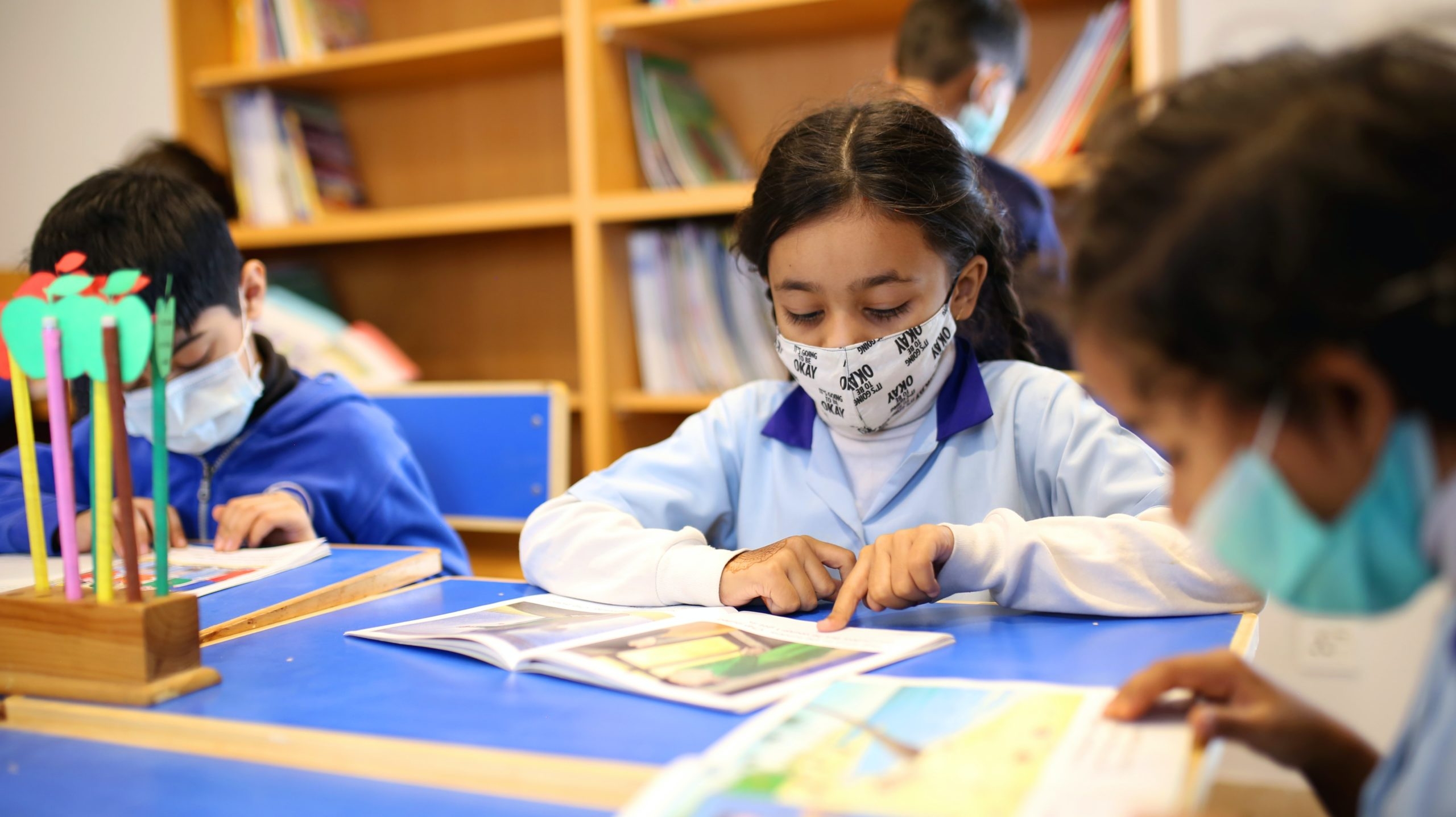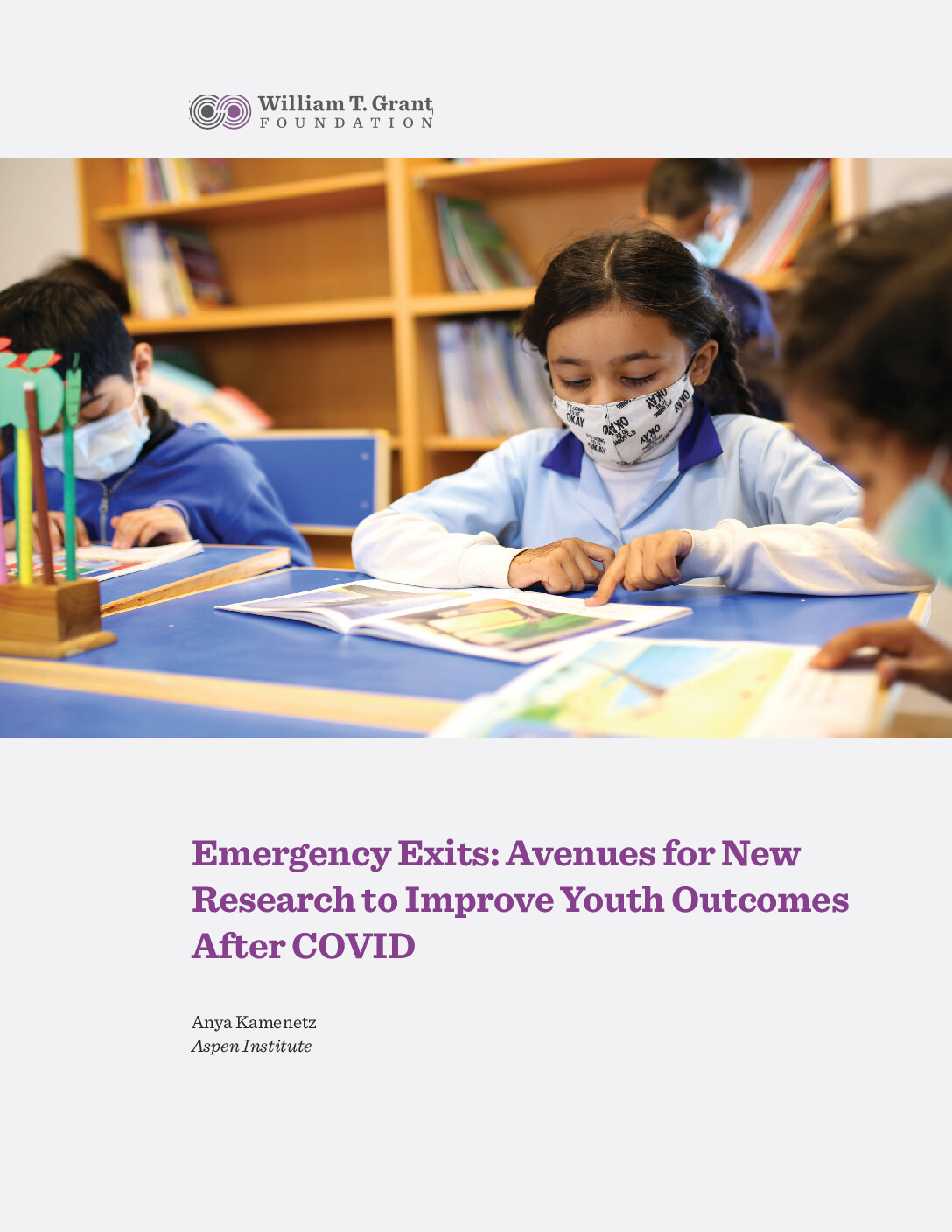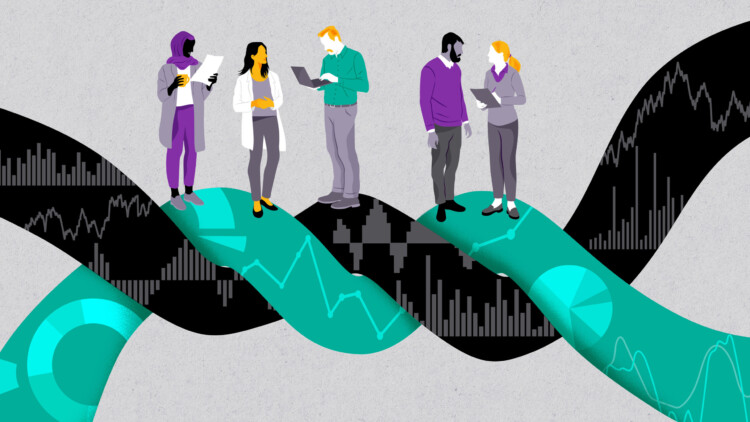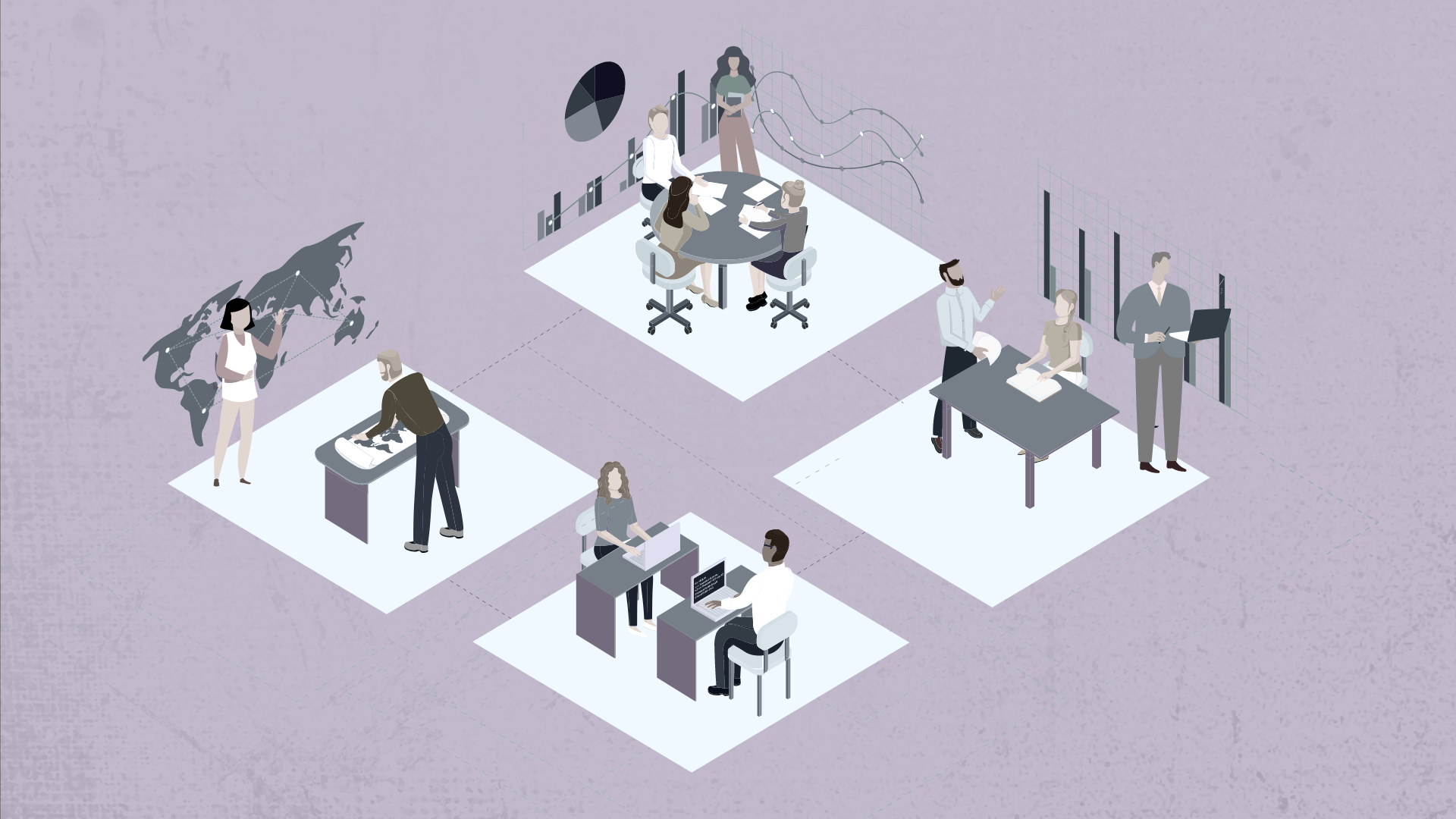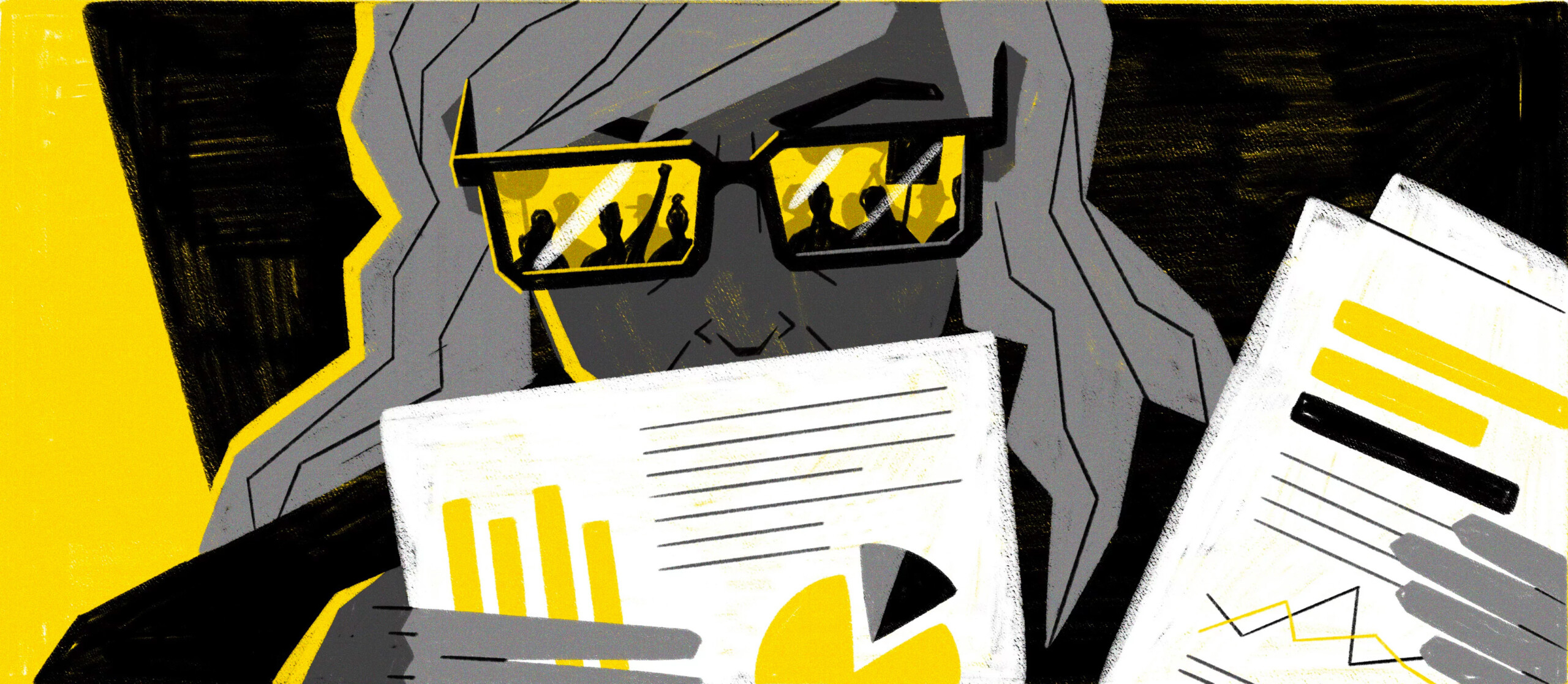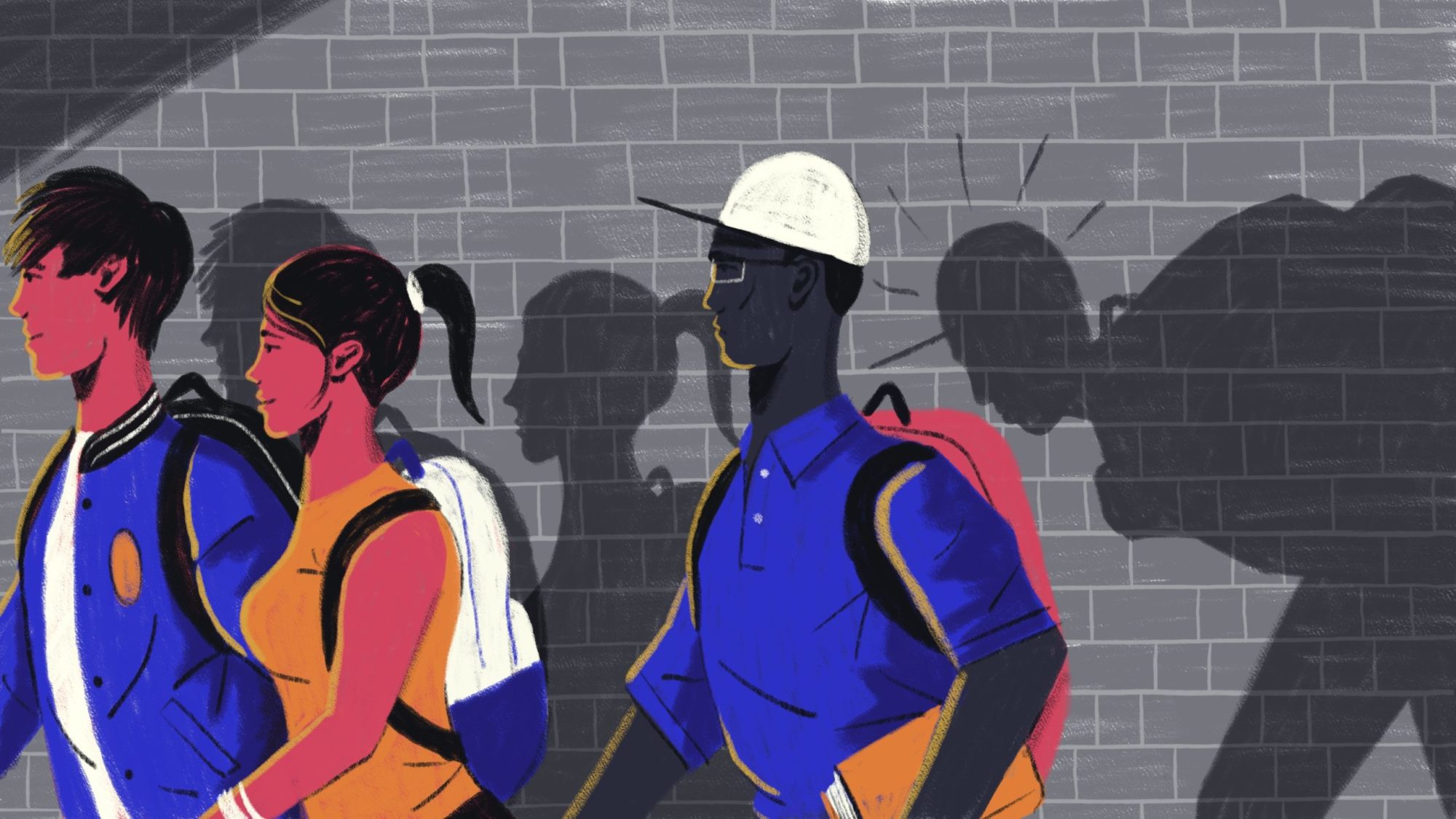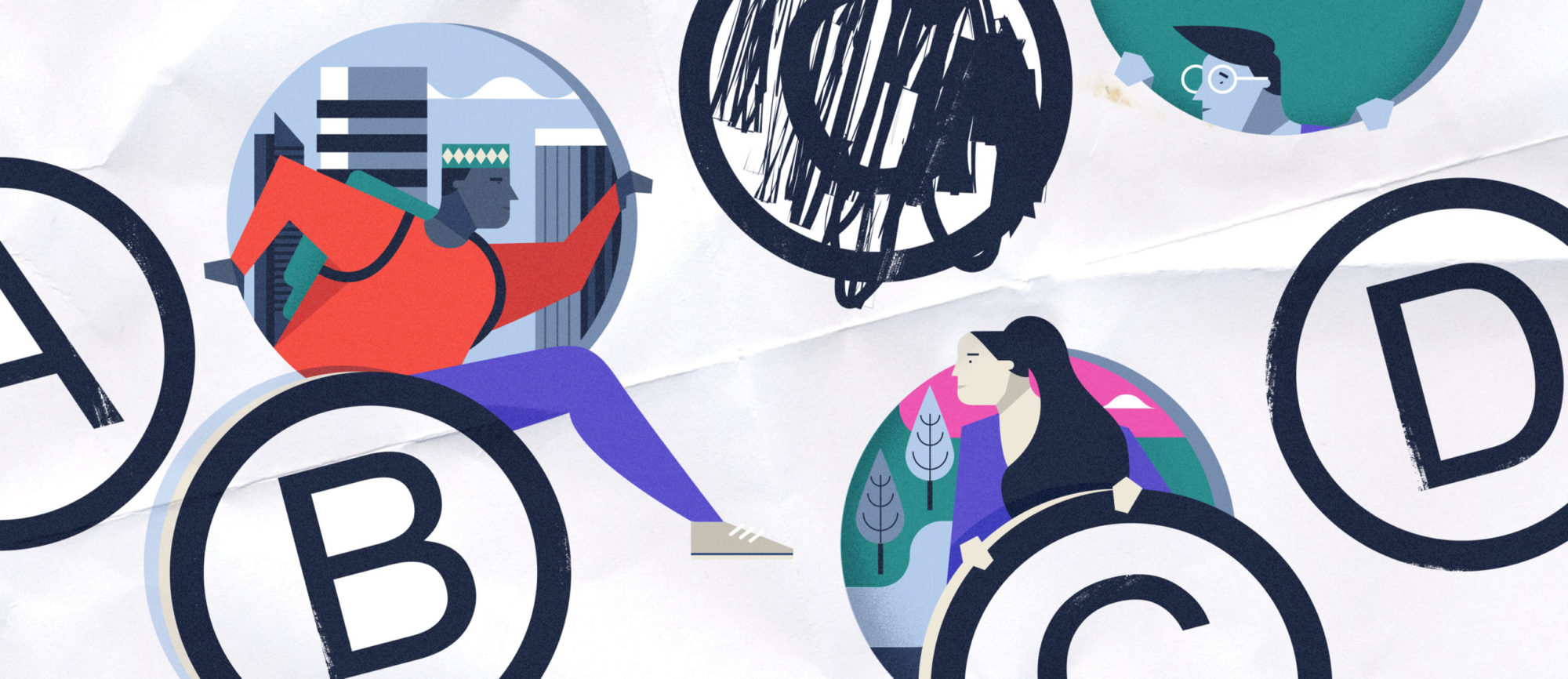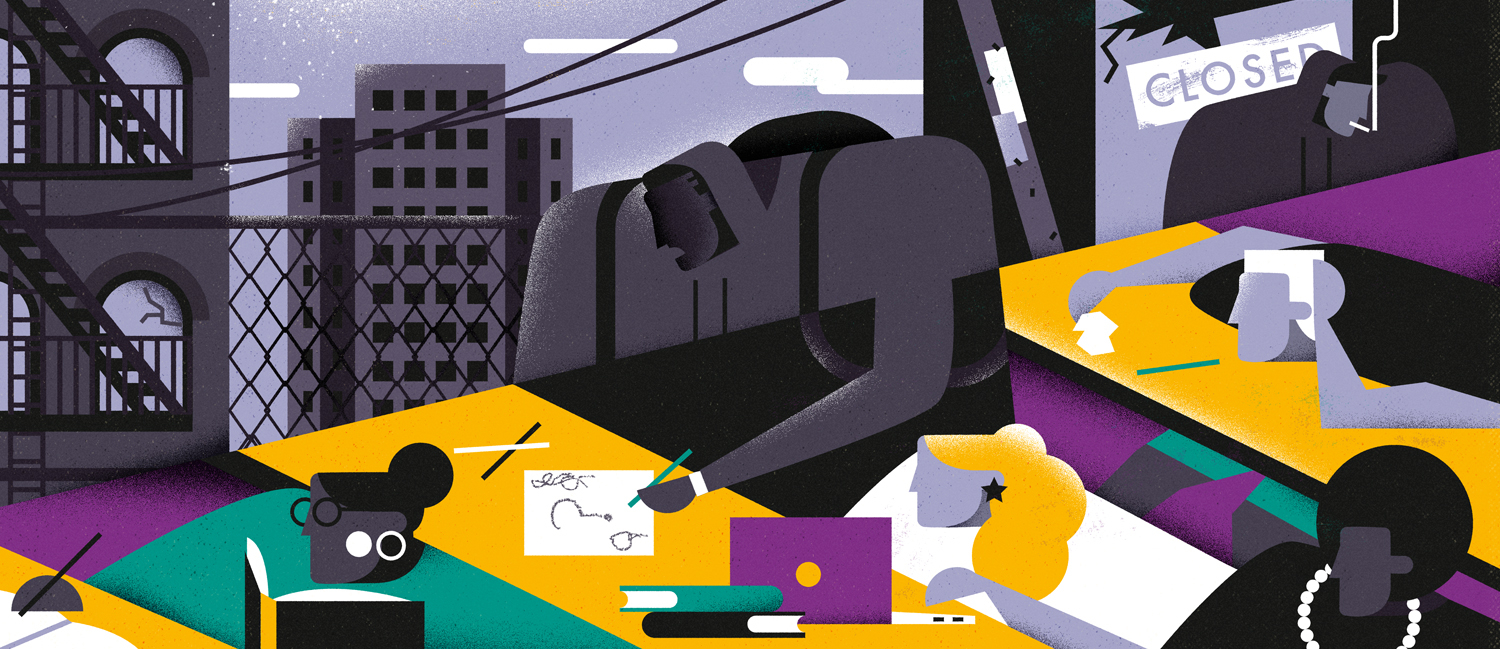Journalist Anya Kamenetz is a writer who makes extensive use of research in her reporting—so much so that, in 2022, the American Educational Research Association recognized her with its Excellence In Media Reporting On Education Research Award. But as she learned while reporting on the pandemic for NPR and for her recent book, sometimes research leaves crucial questions unanswered. We asked her to explain what questions need to be investigated, and why, in the effort to recover from the pandemic and move toward greater equity in education. At the William T. Grant Foundation, we hope to support the research that answers these questions.
– Adam Gamoran, February 2023.
When schools shut down all over the world in March 2020, I was covering education as a journalist for National Public Radio.1 To understand what might happen next, I consulted the existing research on the impact of school closures, which in the 20th century have typically happened in the context of major social upheaval: epidemics like Ebola, weather disasters like Katrina, or civil wars, such as the Rwandan genocide.
History suggested that COVID’s impacts would be severe, wide-ranging, long-lasting, and above all, deeply unequal. Working-class teenagers would drift into caregiving and paid work. Younger children and special-needs students would miss being identified for services and miss important interventions. Racialized minorities and the poor would have unequal access to online learning and other stopgap measures. Children, and particularly children in poverty, would be at risk from toxic stress, both directly and through their caregivers.
For my book The Stolen Year: How COVID Changed Children’s Lives, and Where We Go Now, I began fleshing these predictions out (Kamenetz, 2022). I interviewed more than 100 economists, sociologists, anthropologists, legal scholars, historians, developmental psychologists, and experts from other disciplines, many of whom had swiftly pivoted their own research projects to cover the impacts of the pandemic. And I spoke to children and families with many different identities across class, race, rural vs. urban, family composition, and disability status. The five families I followed most closely were: a teacher and feed-mill employee with five children, members of the Cherokee nation, living in rural Oklahoma; a doctor and hedge-fund executive, Jewish, with three children, in Brooklyn; a paraeducator and groundskeeper, Black, with two children who both have special needs, in Washington, DC; a teacher and nonprofit worker, White, in the Bay Area, with one son, who also took in an emergency foster child during the pandemic whose family had immigrated from southeast Asia; and a single mother working in a homeless shelter, Black, with eight children, in St. Louis.
Complex experiences, lingering impacts
One child I think about a lot is Jonah. Currently, he is a middle schooler in California’s Bay Area. He has autism, dyslexia, and ADHD. He also has curly hair, a great sense of humor, is fearless when doing tricks on his razor scooter, and adores his pet cat. Jonah’s mother, Maya, had worked diligently for years to help get him the support he needed to be successful in school, at home, and socially. But when schools shut down, in March 2020, he lost that support. At bedtime that night, Jonah said to his mother, “I’m going to go crazy if I don’t go to school.”
“Zoom just sucks,” Jonah told me the first time we talked, yes, over Zoom. He was all but unable to participate in online school. It was a daily battle, often with violent outbursts. But all was not resolved when he was finally able to go back in person full time in the fall of 2021. Jonah felt socially dislocated in a new school with teachers and students he didn’t know. He’s not the only one who felt this dislocation when returning from school closures. I’ve heard from many teachers and parents that students are behaving like much younger children, behind in their social skills–not respecting others’ personal space, lacking skills to resolve conflicts, defaulting to parallel play or even bringing stuffed animals to class in upper elementary school.
Jonah was smart enough to know what he’d been missing. He was gutted at how behind he was academically. He started refusing to go to school. Then he made a serious suicidal gesture. His parents fought to get additional in-person help for Jonah. Online supports were offered instead, which were little use. In April 2022, Jonah attempted suicide again. He was taken as a level one trauma case to the local children’s hospital, at just 12 years old. Thankfully, he got more of the help he needed and is doing better now.
Phrases like “learning loss,” “mental health crisis,” or “caregiver stress” elide the true complexity of what Jonah and his family have been through since March 2020. Each child, each family, has their own story that is just as individual and just as complex. And as Jonah suggests, some of the impacts of the early phases of the pandemic will continue to manifest in the years to come.
The role of research today
As the effects of COVID linger on, researchers have a crucial role to play in cataloging them. Even more important, by developing knowledge about exactly who is affected and how, researchers can provide evidence that points the way toward successful responses. Here are some potential areas for research, culled from questions that I found pressing but difficult to answer as a reporter, and questions that I’m commonly asked by teachers, parents, and clinicians.
Abuse and family separation
We still know troublingly little about the impact of lockdowns and school closures on domestic abuse of children. At the same time, a drop in child welfare activity, with fewer children both entering and exiting the foster care system, has been documented in some areas, such as New York City (The New School Center for New York City Affairs, 2022). How to understand the effects of these changes and what they say about the working of what some call the family policing system, which historically has had such disparate effects on Black and Native families in particular?
Bereavement
The Imperial College of London (2023) estimates more than 200,000 US children have lost at least one caregiver to COVID so far. The country saw a historic 25 percent rise in childhood bereavement in 2020, driven even more by drug overdoses and gun deaths than by COVID (Lehrer-Small, 2022). But we don’t know exactly where these children are or who they are. Are they concentrated in certain places? What forms of intervention or support are they receiving? Is it helping?
Buffering
Anecdotally, families reported, and some early studies showed, benefits to spending more time together during lockdown, as long as economic hardship was not a factor. For example, Patricia Stamper, a special education teacher aide in Washington DC, took just a few weeks maternity leave with the birth of each of her sons. The pandemic lockdown and remote learning, while difficult, were the only extended time she had ever spent at home with them. “I feel like I’ve gotten a lot of lost time that was stolen from me,” she said, a striking inversion of the title of my book. Will children who had this bonding experience report increased strengths in their family relationships. Is this more true at certain developmental stages? Or for working-class families like Patricia’s?
Civic engagement
Some indicators, including the Black Lives Matter movement of 2020 and voting patterns in the 2022 midterms (Tufts CIRCLE, 2022), suggest a rise in youth civic and political engagement. Sixteen-year-old Ayesha Chaudhry organized a Black Lives Matter march in her largely Republican suburb with a multiracial group of friends who met in AP Government class. She immigrated with her family from Pakistan, and told me that, for her, fighting for the liberties of American citizens was an expression of gratitude for her adopted home.
What kinds of support are these young people getting as they make the first steps to engage in politics? Does this wave of activity portend a generational shift and how could it affect politics in years to come?
Enrollment and student engagement
There’s been a large drop in both public school enrollment and college attendance, particularly at community colleges, as well as a drop in young people in polling who are considering a four-year college diploma. What will be the economic trajectory of teenagers who forgo college? What institutions have successful and innovative models for recruiting, re-integrating, or getting young people postsecondary training in some other way? At the K12 level, which districts have been most successful in combating this downturn and why? What are best practices for dropout prevention and re-engagement with school for disengaged students?
Another facet of student engagement is absenteeism. Before COVID, “chronic absenteeism” was defined as missing 10 percent or more of the days in a school year, an important determining factor in school success and a measure of school engagement. Since COVID, chronic absenteeism has soared due to quarantines, changing norms about everyday illness, and potentially other factors—77 percent in Detroit and 41 percent in New York City in the 2021-2022 school year (Tucker, 2022; Zimmerman, 2022). Chronic absenteeism tends to disproportionately affect children who are living in poverty, have health problems, are in foster care, and/or who are unstably housed. How can it be combated?
Learning
How are schools spending Elementary and Secondary School Emergency Relief Fund dollars? Which interventions are most successful in terms of not just test scores but the whole child, including attendance, family engagement, and measures of social and emotional well-being? How are schools increasing differentiation to deal with students at very different levels? Will the special education population grow over time? How will special ed teachers innovate to compensate for missed services or missed identification? Will learning recovery in un-tested subjects lag behind those that are measured by standardized tests?
Mental health
Alongside diagnoses of anxiety, depression, eating disorders, OCD, and ADHD, there are anecdotal reports of children and teens appearing to be a year or two behind in their social development and interaction. Is this measurable? How can it be addressed? What combinations of therapy, support group, medication, mentorship, nonprofit intervention, parenting response, school model, or community support are the most beneficial to children and teenagers undergoing mental health crises? Can we compare community-wide and district-wide approaches? How should teachers balance concern for children’s social-emotional well-being with the need to get them “caught up” academically?
Family security and insecurity
Child food insecurity and poverty rates have seesawed since the pandemic began because of federal and state aid, economic dislocation, and inflation. Elisa, a single mother who immigrated to the US from Peru and lived in San Francisco, spent hours waiting in food pantry lines at the outset of the pandemic. “I could have died from hunger,” she told me. “I was just eating anything I had in the house.” We know that even short bouts of hunger in childhood can have long term impacts; do short bouts of relief from poverty have similar positive impacts?
COVID disproportionately affected mothers’ workforce participation, which was especially difficult for Black and Latina women who were breadwinners, like Patricia. And those impacts linger because of the drop in childcare employment and the growth of “childcare deserts.” We need studies of various interventions to improve access to childcare, as well as the impacts on caregivers, along with early childhood development, parent-child bonding, school readiness, and more.
Healing and learning in an age of disasters
This research is not only important to understand what happened during the COVID-19 pandemic; it’s important for the future. COVID will not be the last crisis or disaster to strike children; it’s already been succeeded by the Russian invasion of Ukraine and the catastrophic flooding in Pakistan, to name just two. And then there are the longer-term disasters that beat on in the background: the disaster of racism and xenophobia, homophobia and transphobia; the disasters of poverty, of gun violence, of drug overdoses; attacks on democracy—and even public education itself.
As I wrote in my book, “We live in an era where human-induced disasters rain fresh blows on already-bruised skin. We need to get much better at education in emergencies.”
